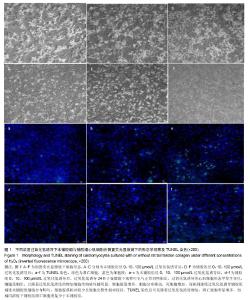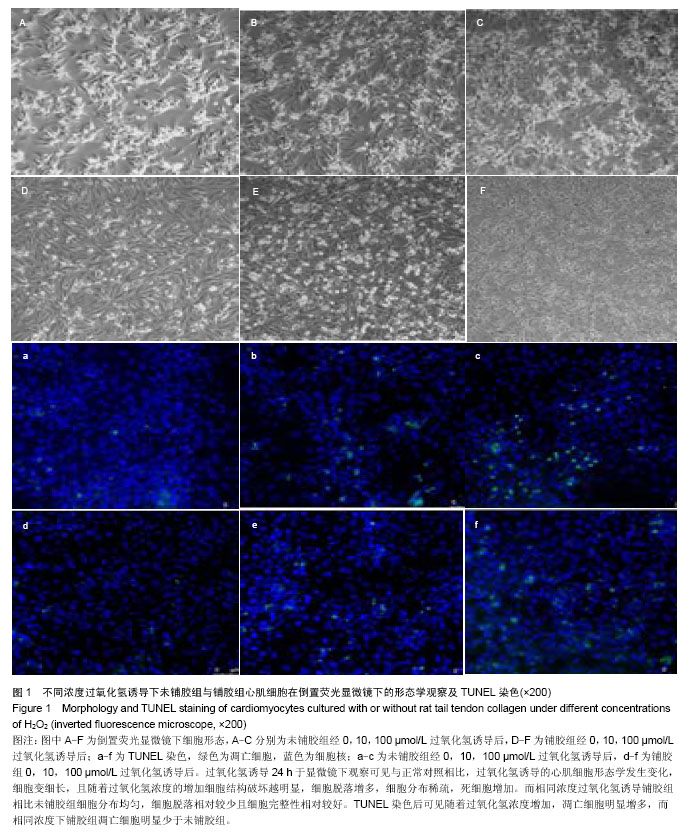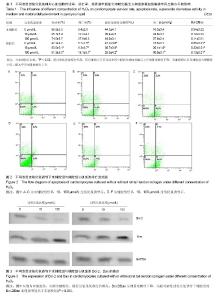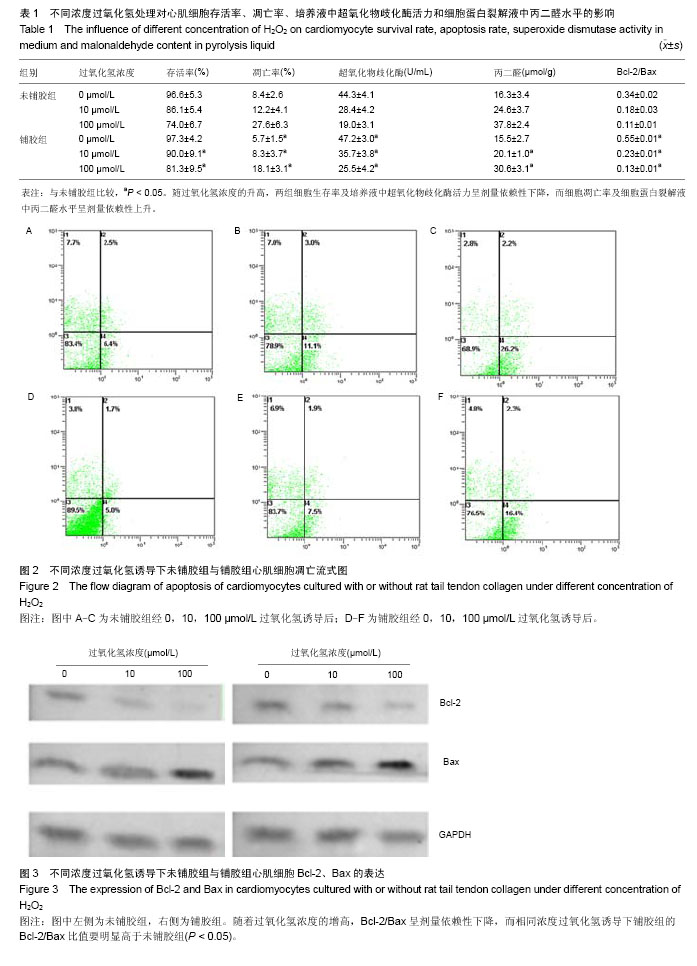| [1] 宋芹,陈封政,颜军,等.胶原蛋白研究进展[J].成都大学学报,2012, 31(1):35-38.
[2] 梁飞,左红梅.胶原和水解胶原蛋白的结构、性能和功效研究及应用前景[J].明胶科学与技术, 2013,33(3):115-123.
[3] Bello AE,Oesser S.Collagen hydrolysate for the treatment of osteoarthritis and other joint disorders:a review of the literature. Curr Med Res Opin.2006;22(11): 2221-2232.
[4] Ukegawa M,Bhatt K,Hirai T,et al.Bone marrow stromal cells combined with a honeycomb collagen sponge facilitate neurite elongation in vitro and neural restoration in the hemisected rat spinal cord.Cell Transplant.2014.[Epub ahead of print]
[5] 曹荣安,李浩,李良玉,等.胶原蛋白的生理功能特性及其应用[J].肉类工业,2010,30(1):7-9.
[6] 景淑萍.胶原蛋白的安全性及其保健功能[J].甘肃高师学报, 2009,14(5):82-83,89.
[7] 谢辉.胶原蛋白在医学方面的应用[J].辽宁化工, 2009,38(1): 56-58.
[8] 徐平,杨国才.胶原蛋白在临床医学中的应用[J].医学信息, 2014, 28(24):31-32.
[9] 迟妍妍,乐尧金,刘旭昭,等.胶原蛋白海绵的生物特性及体内降解吸收[J].中国组织工程研究,2014,18(34):5515-5519.
[10] 徐俊华,王慧明.牛肌腱胶原蛋白的提取及多孔支架的制作[J].中国口腔种植学杂志, 2005,10(3):108-110.
[11] 崔新战,黄霞,关绍康,等.高分子材料涂覆生物镁合金心血管支架的研究与应用[J]. 中国组织工程研究,2012,16(51): 9635-9639.
[12] 边云飞.氧化应激与心血管疾病[M].北京:军事医学科学出版社, 2012.
[13] 吴晖,王晨,李晓凤,等.牛骨胶原蛋白肽体外清除自由基活性的研究[J].食品工业科技, 2010,22(4):156-158.
[14] 张达江,王亮.I型胶原蛋白的结构、功能及其应用研究的现状与前景[J].生物技术通讯, 2006,17(2):265-269.
[15] 任海涛,钟志勇,严家荣,等.鼠尾胶原蛋白海绵止血作用研究[J].转化医学杂志,2013, 4(2):70-72.
[16] 刘郁倩,刘婷,但卫华,等.胶原基复合膜支架材料的研究进展[J].西部皮革,2013, 35(22):17-21.
[17] 曹成波,吕荣晖,张春莲,等.新型胶原支架材料的结构特征与性能[J].北京科技大学学报, 2007,29(2):193-197.
[18] 尹瑞兴.心肌细胞凋亡机制及其干预措施的研究进展[J].中华现代内科学杂志,2007, 4(6): 511-515.
[19] 郭春宏,刘欣,康毅.薯蓣皂苷抗大鼠心肌缺血再灌损伤的分子机制[J].中国医院药学杂志,2009,29(16):1361-1364.
[20] 陈玉映,胡允兆,钟建开,等.硫化氢对过氧化氢诱导的原代乳鼠心肌细胞氧化损伤的影响及其机制[J].中华心血管病杂志,2013, 41(4):327-332.
[21] 吴强,陈吉.氧化应激与心肌细胞凋亡[J].中国心血管病研究杂志, 2004,7(2):570-572.
[22] Nindl G,Peterson N R,Hughes,et al.Effect of hydrogen peroxide on proliferation,apoptosis and interleukin-2 production of Jurkat T cells.J Biomed Sci Instrum.2004;40: 123-128.
[23] Mahab eleshwar GH,Kundu GC. Tyrosine Kinase p56 lck regulates cell motility and nuclear factor kappa B mediated secretion of uro-kinase type plasminogen activator through tyrosine phosphorylation of Ikappa B alpha following hypoxia/reoxygenation.J Biol Chem.2000;278(52): 52598-52612.
[24] Steinman HM.The Bcl-2 oncoprotein functions as a pro-oxidant. J Biol Chem. 1995;270(8):3487-90.
[25] 王静凤,逄龙,薛勇,等.日本刺参酸性粘多糖、皂苷和胶原蛋白多肽对血管内皮细胞的保护作用[J].中国药理学通报,2008,24(2): 227-232.
[26] 赵芹.海参胶原蛋白多肽抗氧化活性的研究[D].青岛:中国海洋大学生态学,2008.
[27] 王琳.Ⅰ型胶原蛋白的制备、鉴定及其抗UVA氧化损伤作用的初步研究[D].重庆:西南大学动物学系,2004.
[28] 李亚欣,施用晖,王洁昀,等.胶原蛋白肽对高脂日粮小鼠抗氧化能力和血脂代谢的影响[J].天然产物研究与开发,2011,23(1): 54-58, 68.
[29] 林云鉴,乐国伟,施用晖,等.猪骨胶原蛋白肽缓解高脂饮食诱导小鼠肝脏氧化应激的基因芯片分析[J].天然产物研究与开发, 2012, 24(4):454-459.
[30] 丁进锋,苏秀榕,李妍妍,等.海蜇胶原蛋白肽的降血脂及抗氧化作用的研究[J].天然产物研究与开发,2012,24(3):362-365. |



